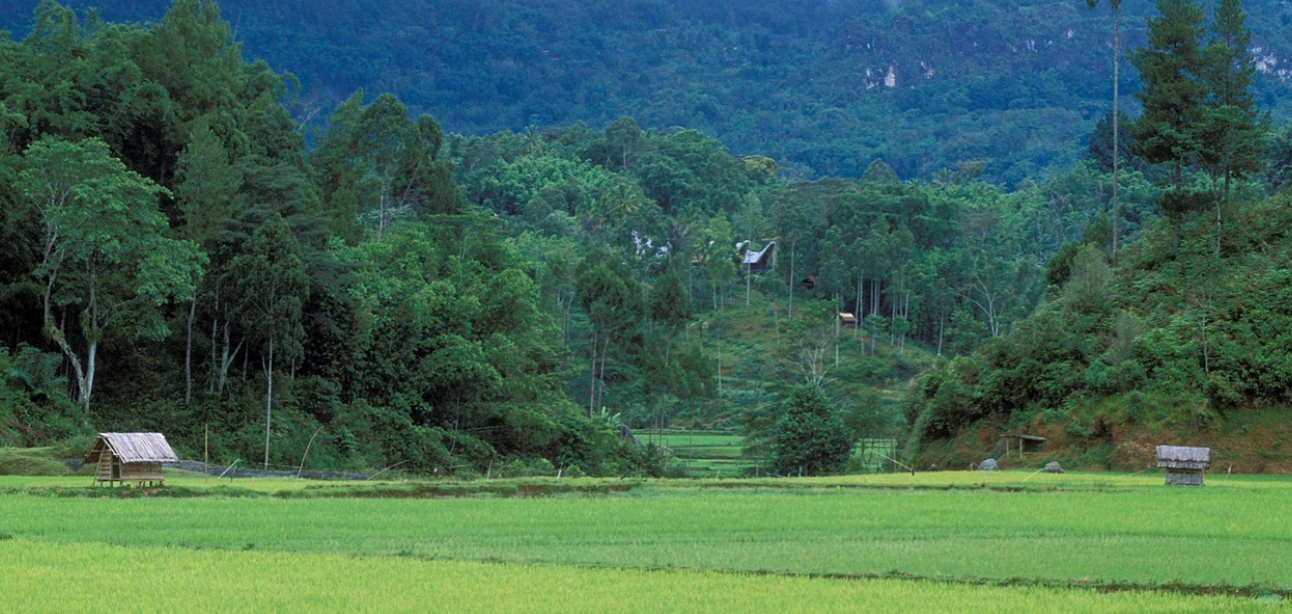In this Article
Given the threat posed to biodiversity and ecosystem services by human activities, it is imperative to prioritize their protection, restoration, and valuation. Such measures are essential to ensure sustainable, long-term economic prosperity for all.

According to the World Economic Forum, half of the global Gross Domestic Product (GDP) depends on nature for critical inputs. However, natural capital is degrading, with nearly 70% of biodiversity lost over the past 50 years. Despite the significant dependence on nature, sectors such as agriculture, infrastructure, and extractive industries also significantly impact biodiversity, highlighting the need for sustainable production methods.
Biodiversity finance redirects capital towards more sustainable utilization of nature. It aids in the transition towards new production and consumption patterns that enable the recovery and regeneration of natural ecosystems. For instance, adopting agroforestry practices, such as reforesting coffee plantations with native tree species, enhances coffee quality, soil health, and fertilizer efficiency, thereby increasing farmers’ income, conserving biodiversity, and yielding benefits for investors.
Biodiversity finance adopts a more comprehensive approach to address the primary drivers of biodiversity loss, including changes in land and sea use, climate change, pollution, and overexploitation of resources. These fundamental drivers of biodiversity loss are rooted in economic activity, underscoring the necessity for solutions to center around economic practices. One example of addressing chemical pollution and restoring pollination through biodiversity finance would involve assisting farmers in transitioning to organic pest control practices.
Reference: Nikiforova, N. (2024, March 19). Biodiversity Finance: Protect the Planet, Strengthen Livelihoods. International Finance Corporation World Bank Group. Retrieved April 22, 2024 from https://www.ifc.org/en/stories/2023/biodiversity-finance-interview-with-irina-likhachova




